The place at the top of Gunkanjima Island is one of the least visited: it is the home of the masters, the masters who control the island, especially its mine. From up there, they had their hands on the fate of all the miners and their families; a population counted up to 5259 by 1959. So what was Gunkanjima really like back
Disclaimer: This article is not blaming either Gunkanjima or Japan. Every country is cruel at wartime and even it seems far away and hard to believe, it is better to accept the truth and learn from it for a better world in the future. Stories and facts and stories reported in this article are based on what I have heard and read. I was not alive at this time. If you have clever things to say, facts, don’t hesitate to participate in the comments.
If you do not know what Gunkanjima is, go take a look on my summary page for this abandoned island: Gunkanjima: Photos & Stories.
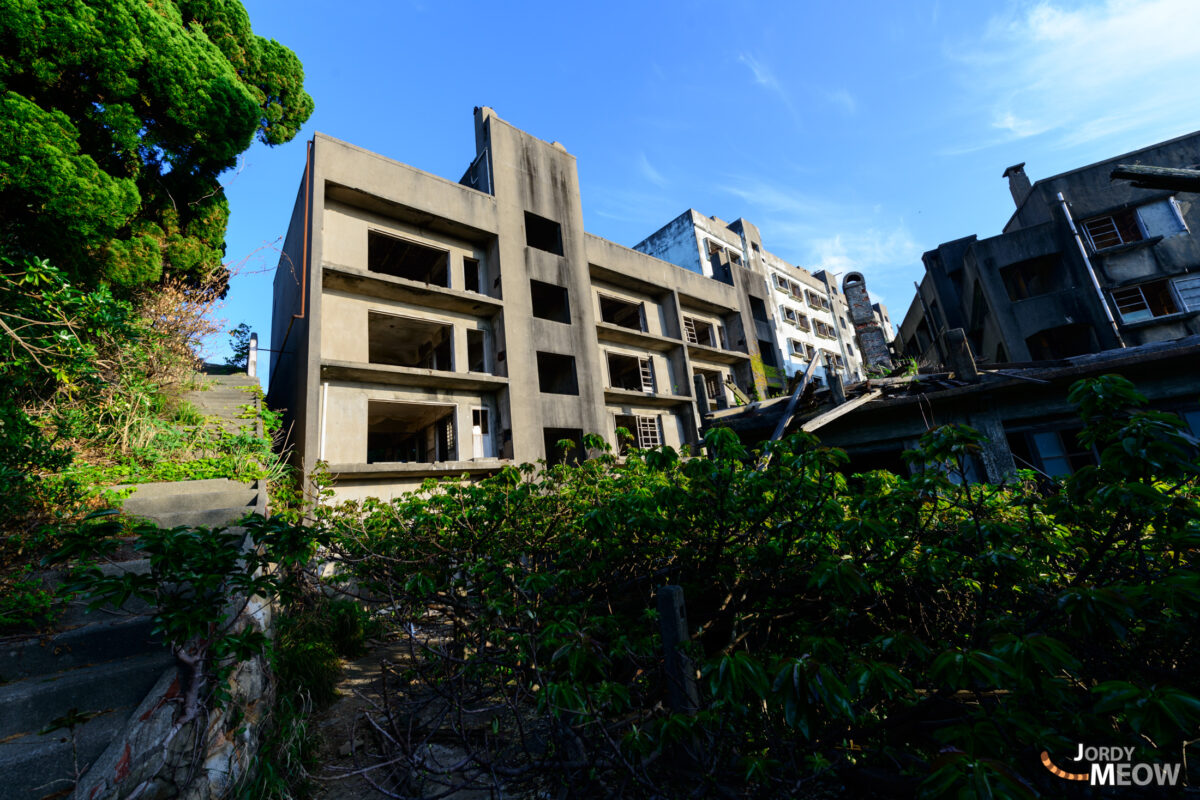
A Japanese Labor Camp?
Most reports about the life on Gunkanjima come from the Korean workers. Koreans, being the direct victims of the Second World War, were brought to the island by force together with other Chinese war prisoners to work in the mine. And they were working with the bare minimum protection, and were malnourished (with the boiled brown rice mixed with leftover beans and sardines) and overworked with the impossible to finish heavy labour.
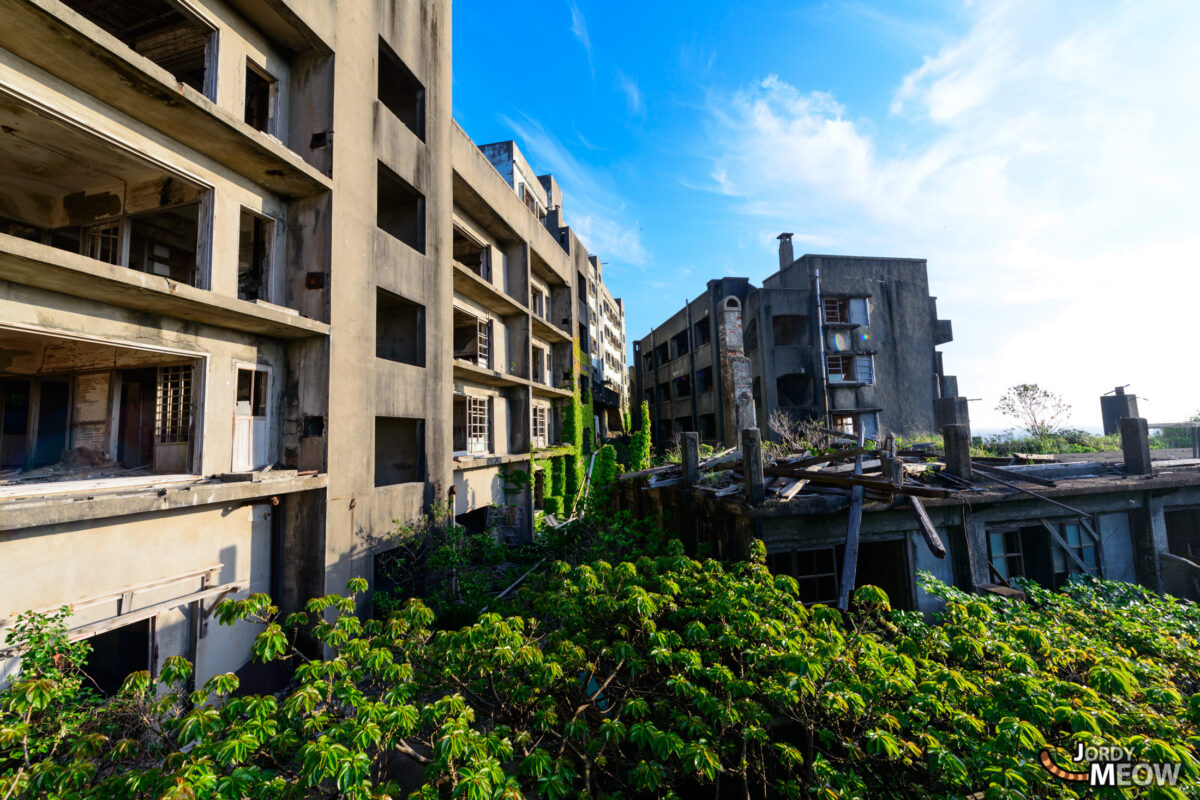
They were sent to 1 kilometer underground in the temperature over 45 degrees, pressed against each other in dangerous tunnels and crouching most of the times. You can easily count up to 4 to 5 deaths per month. The dead bodies were then shipped and burried in the neighbouring island, Nakanoshima.
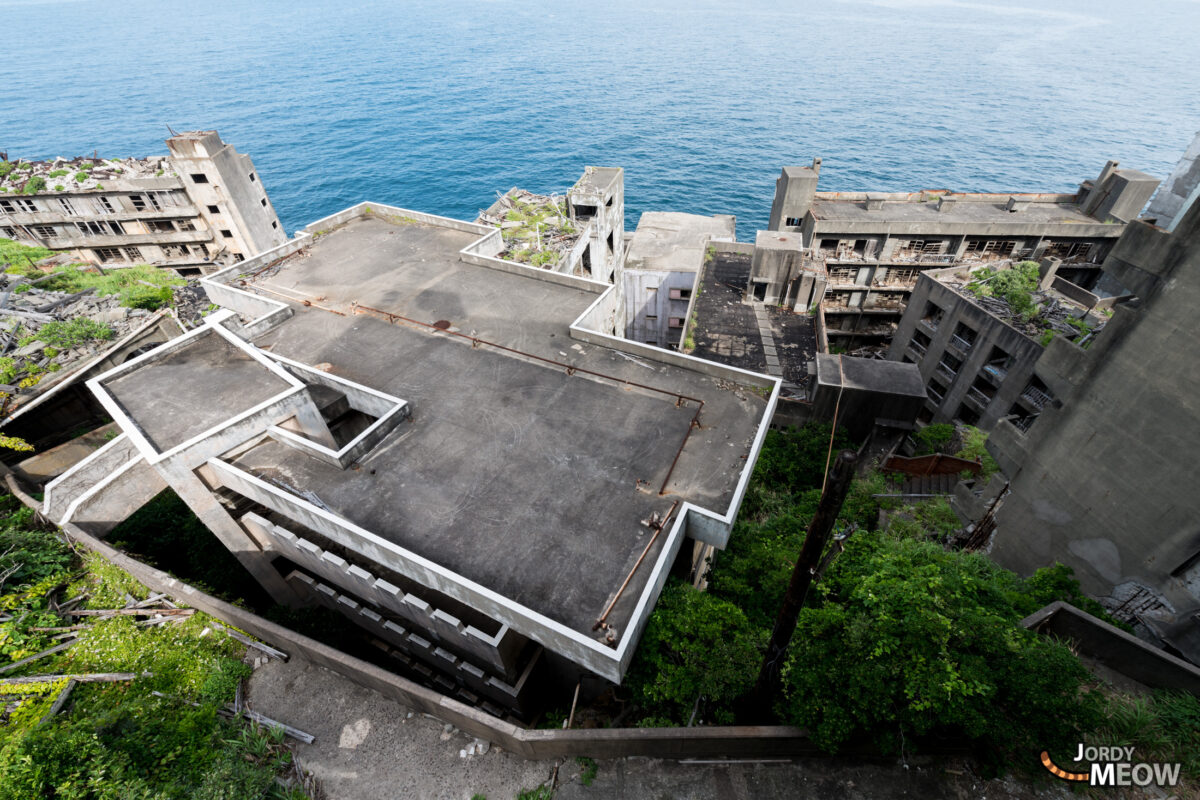
After work, they all live in the buildings lined up along the southern wall of Gunkanjima island. 7 or 8 of then were confined in 1 small room, where nothing can be seen besides the sea.
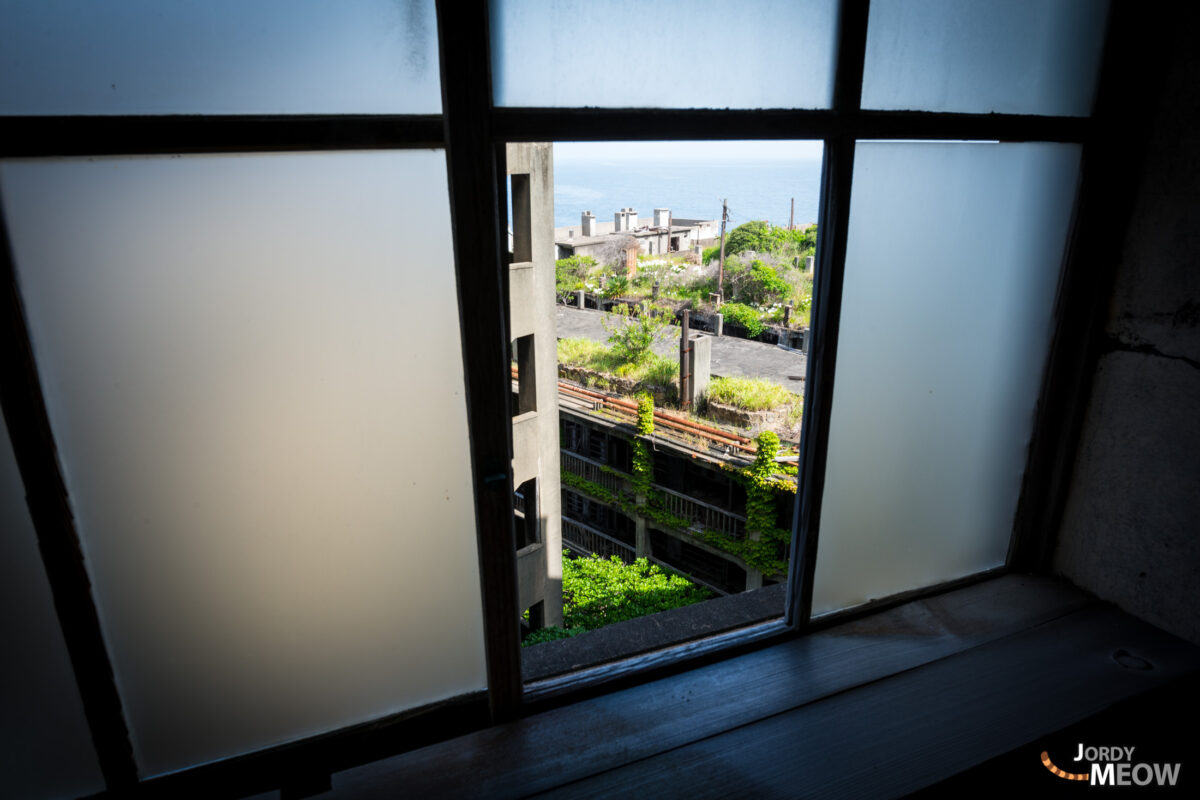
Separated from their families and wives (most of whom were taken to become sex slaves for the Japanese army), they mutilated themselves in order to be expelled from the island; some swam to the nearest island (with the risk of getting caught and beaten), others simply committed suicide by jumping out the window. Gunkanjima was an Alcatraz-like prison island for them, but morally speaking, Auschwitz would be a closer resemblance.
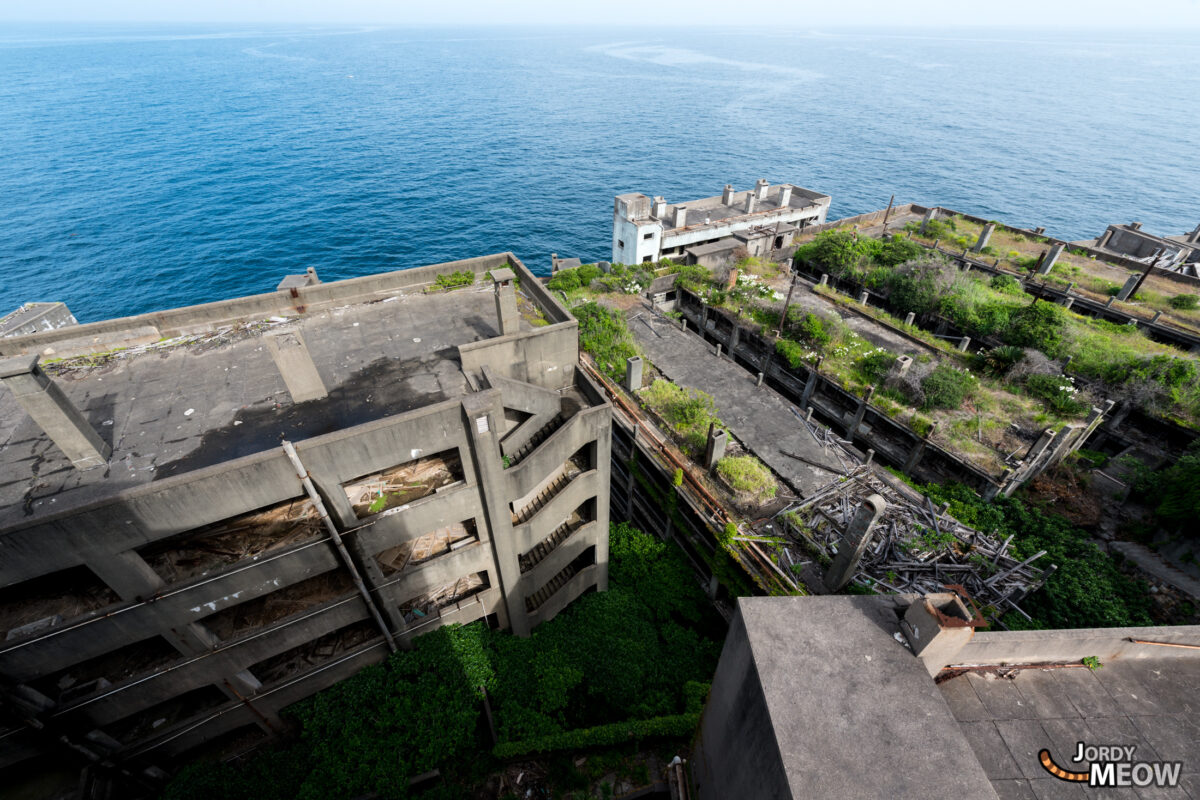
120 out of the 500 Koreans working on the island between 1939 and 1945 died there. During the same period, in 1941, the Hashima mine produced its greatest amount of coal, as a result of the heavy demand from the war.
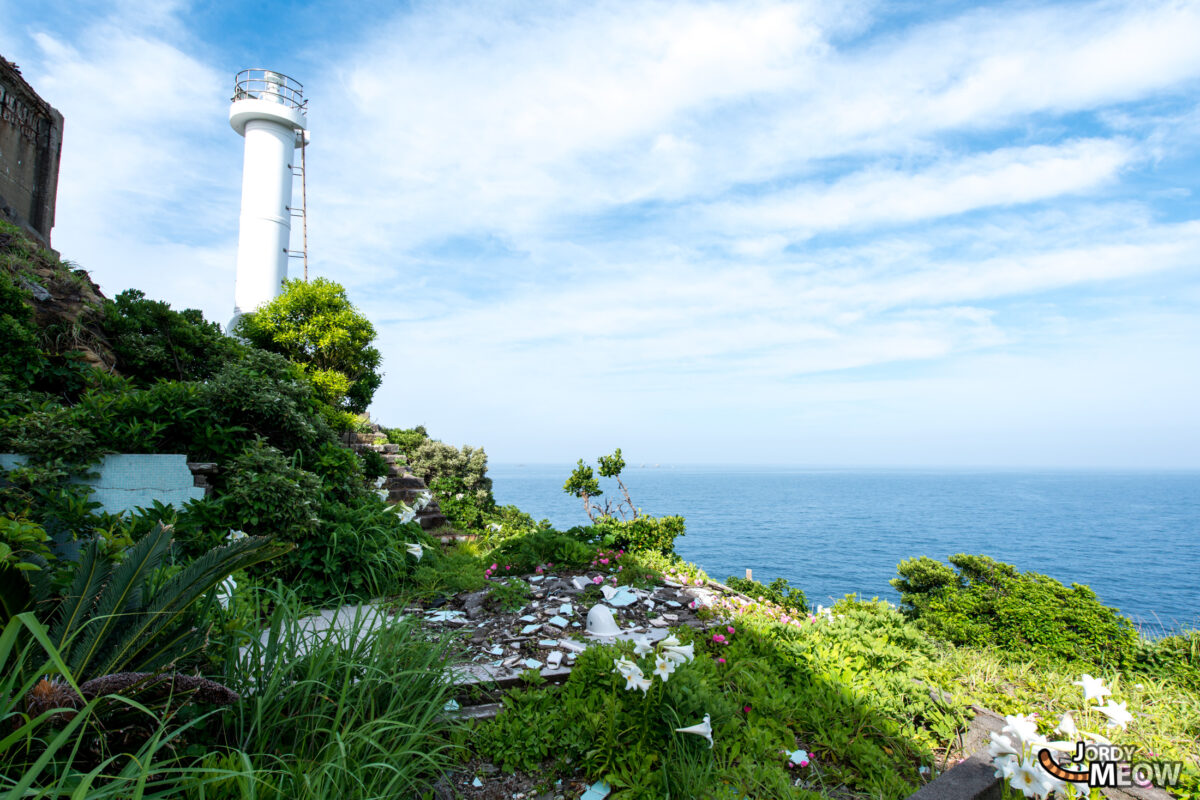
And those who somehow survived the difficult years were then sent to Nagasaki to clean up the mess caused by the atomic bomb. Lucky for those who successfully escaped the island, because even till now, Mitsubishi still refuse to apologize or compensate to the victims.
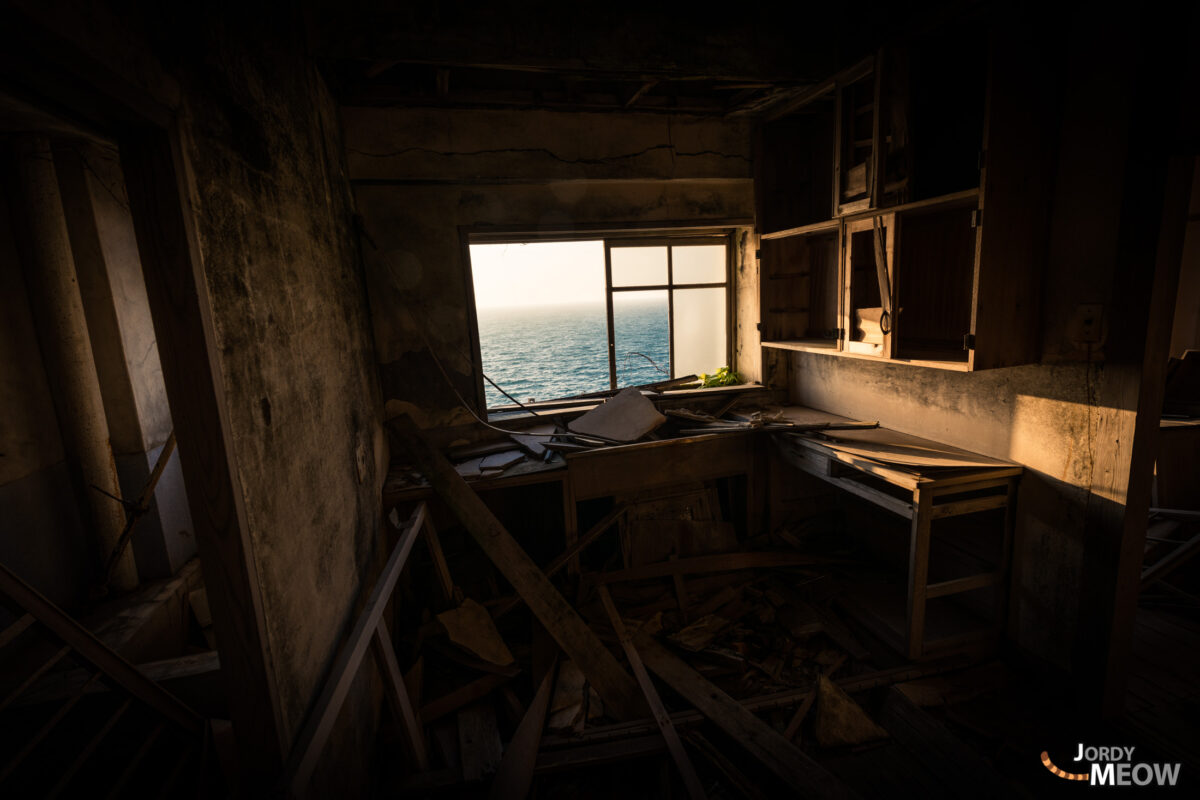
Up here lived those torturers of Gunkanjima Island, placed by Mitsubishi, eagerly awaits the next batch of war prisoners piled up on Jigokusen – a Hell Ship proudly made by Mitsubishi – to arrive. Life on the island was not as nice and romantic as one would have imagined facing the sad testimonials of Korean workers.
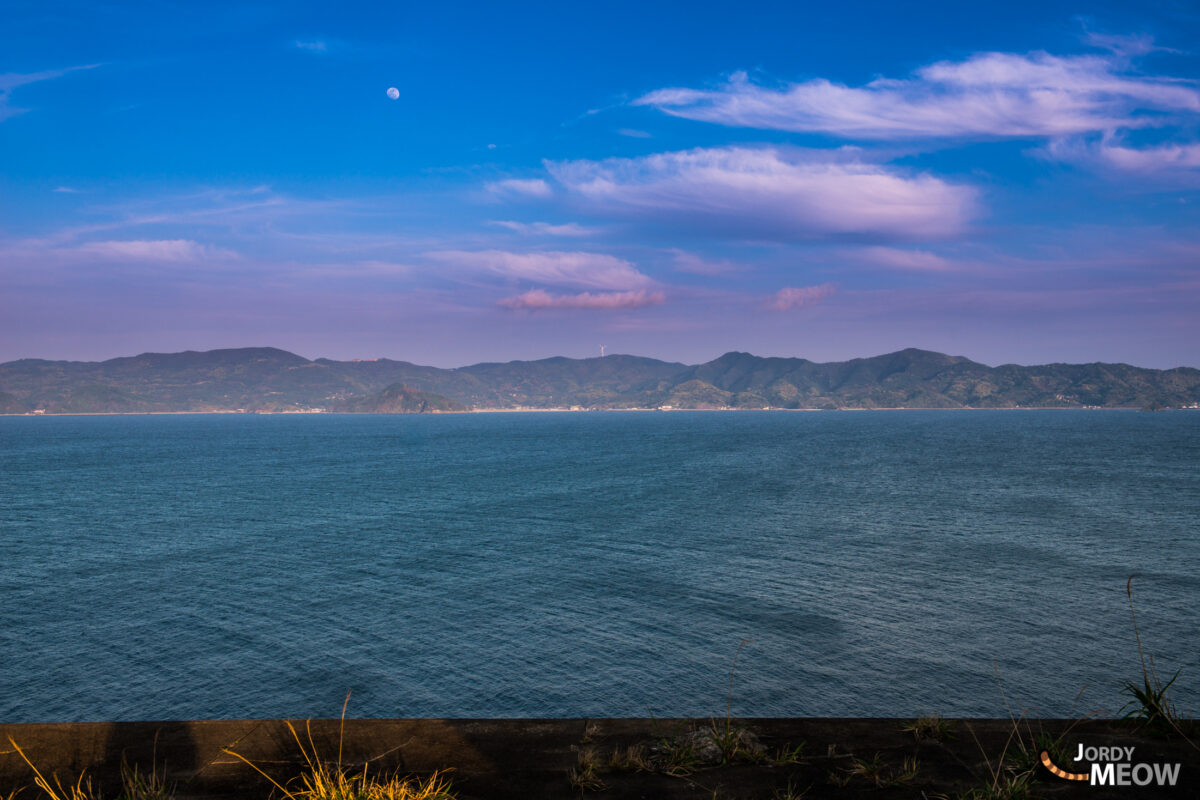
An Eden for the Residents
We do not find many overwhelming stories about Gunkanjima from the Japanese side. It seems that most older people do not want to go back and talk about its history. Apart from very prominent Doutoku Sakamoto, who was born on the island in 1954) and now a guide of Gunkanjima, also the head of his association (with the purpose of getting Gunkanjima listed as a World Heritage).
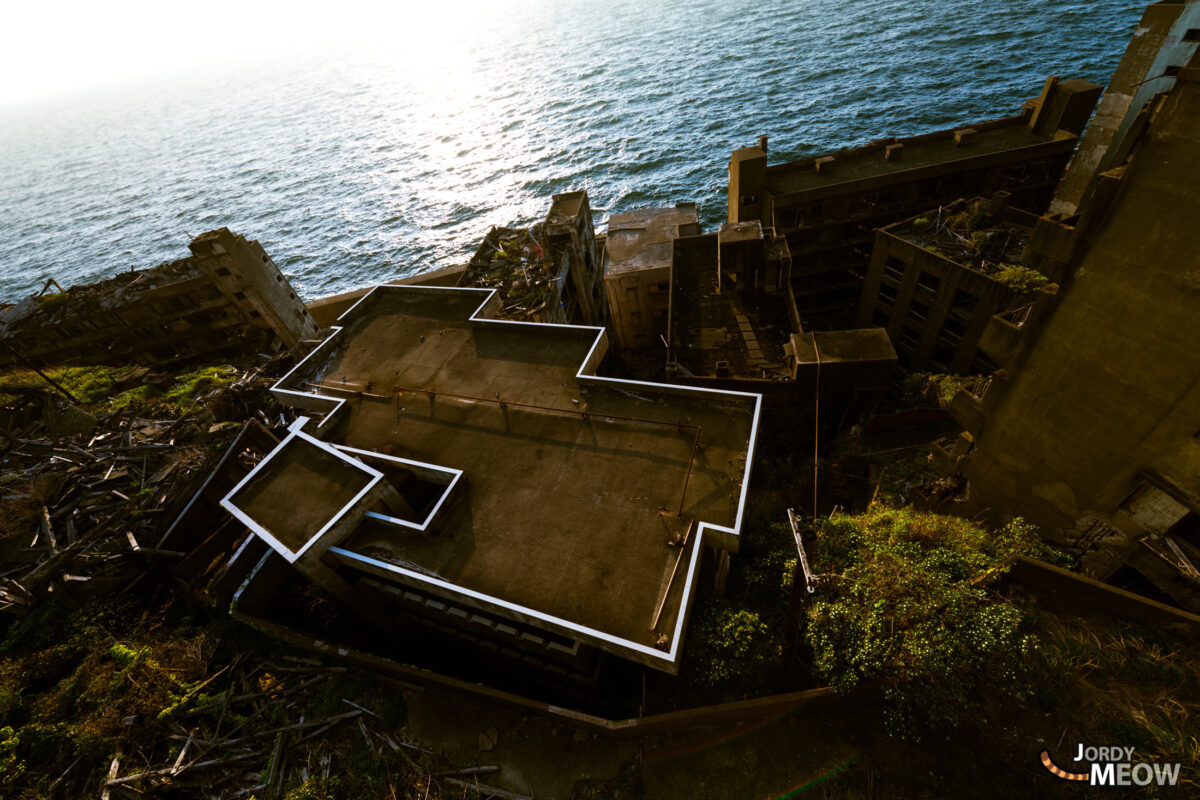
Nevertheless, a very good travel magazine ‘Geo’ (the French ‘National Geographic’) has recently published an article about Gunkanjima. Its first line reads: ‘It was a mine, a city, an eden for its inhabitants.’ A barbarian as I am, I told myself that I have to check the definition of the word ‘eden’, because it does not seem right here. The dictionary says: ‘earthly paradise portrayed in the Bible as the home of the first human couple’ or ‘place of delights, especially adorned by nature, when you live in innocence and simplicity primitive state of perfect happiness ‘. That seems to be a rather good definition for North Korea (isn’t it? Surely Kim would have agreed). But as for Gunkanjima there was not an inch of green. Its other name, Nashi Midori Shima(meaning the island with no green), seems more justified.

But let us not be severe and see what the old residents of the island and the magazine has to say.

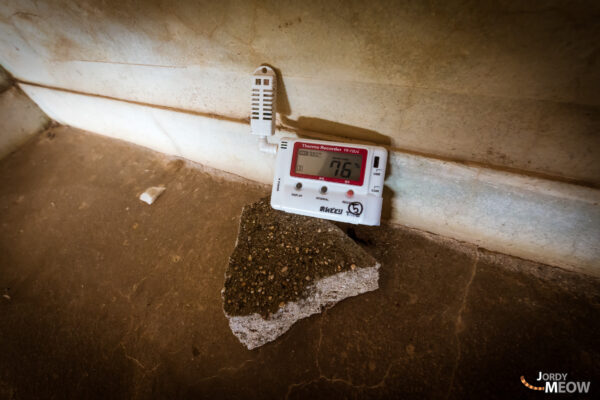
Besides Doutoku Sakamoto, there were 4 Japanese: Hideki Mono (miner’s wife), Hideo Kaji and Taichi Kimoto, both born and lived on the island, as well as Fukudome-san who started working on the island in 1939 at the age of 18, and continued working there till the closure of the island.
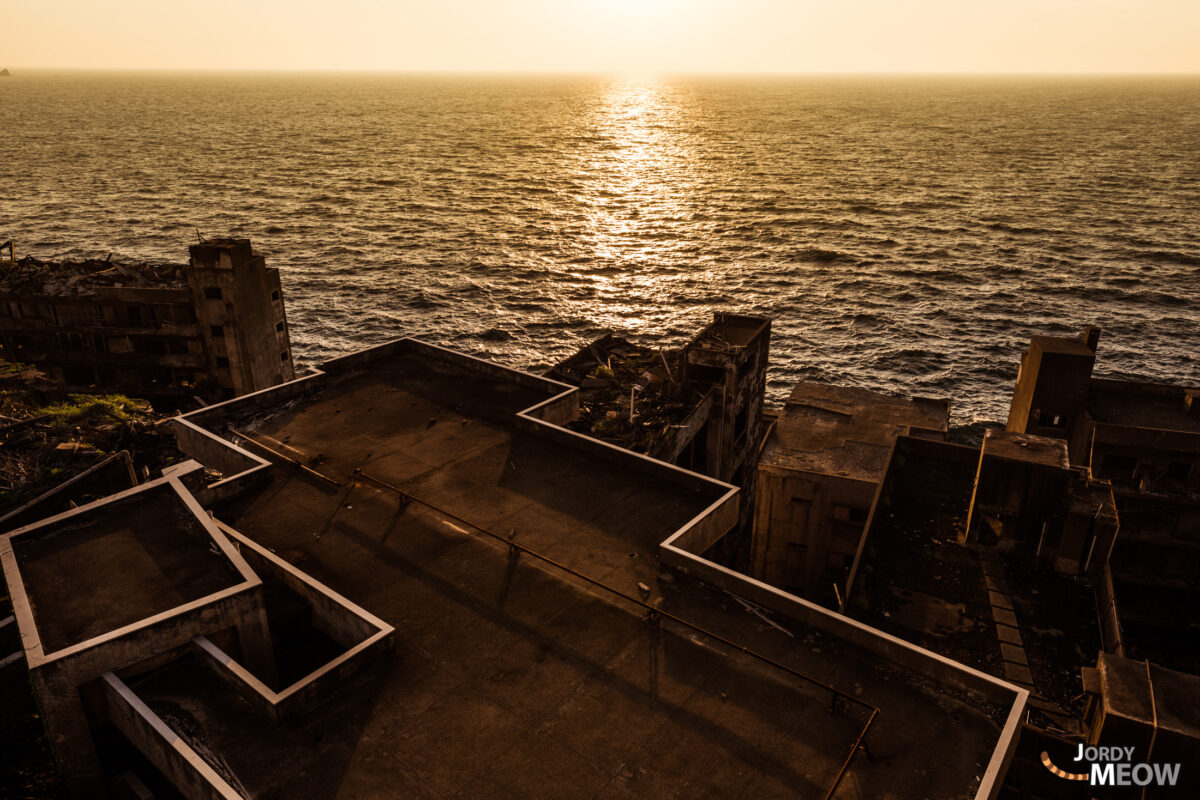
Fukudome-san came to Gunkanjima attracted by the good salary and almost free rent with utilities included. Given the fact that he lived on the island for 33 years in a roll, and finally got to come back 30 years after his departure, we can understand his melancholy tone when he
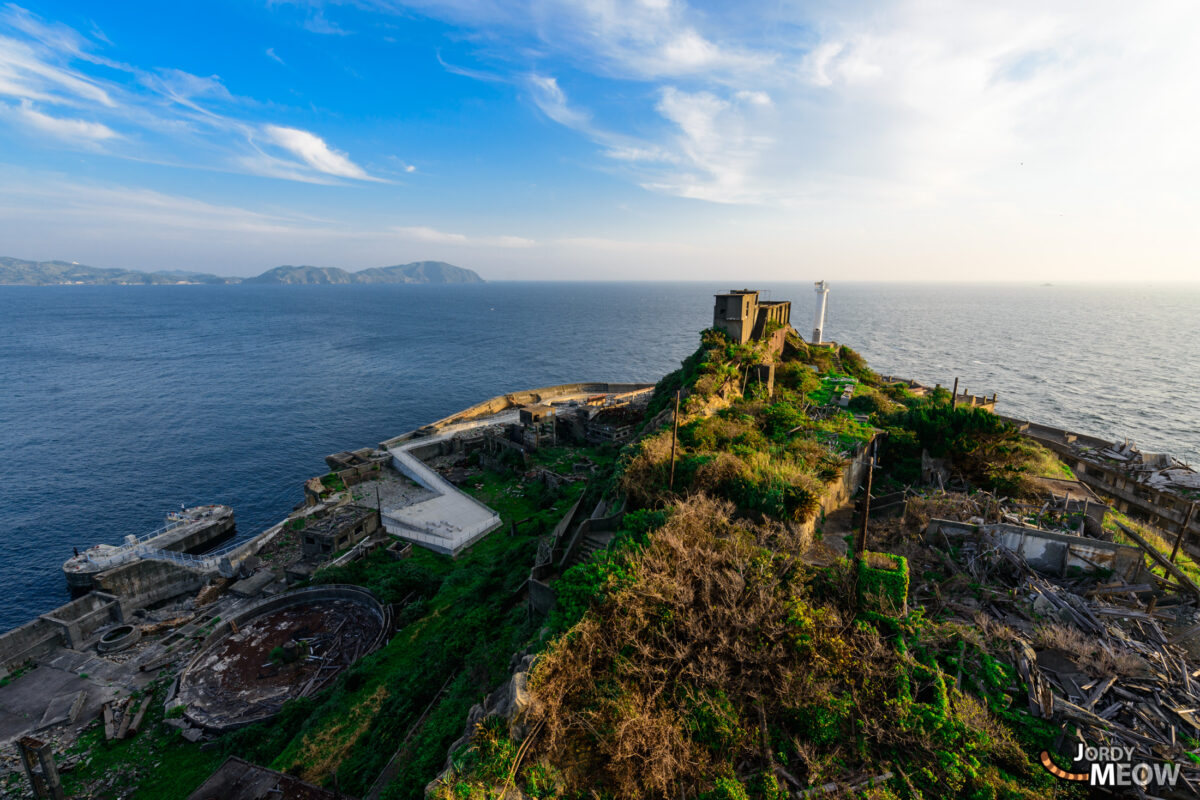
Hideki Nomo, housewife, she tells everyone that she owned a television, a fridge and a washing machine (which surely explains well why they had to go to the first bath all dressed as mentioned above). She says the life was good and she spent her time running errands, cook, drinking coffee and chatting with her neighbours. During storms, they all go to the wall of the island to observe the sea. It sounds rather idyllic, although it is no difference than any other plain and pre-designed life of a normal housewife.
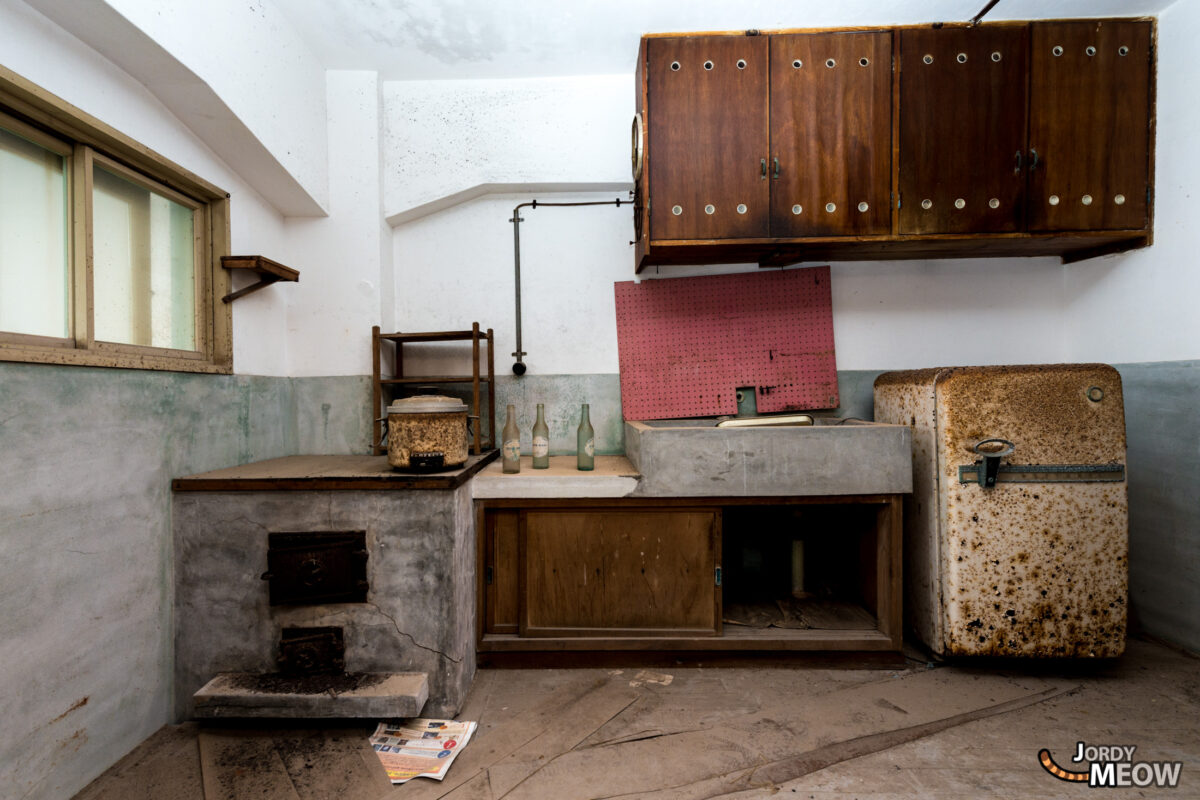
The magazine adds that the day the mine workers heard about the closure of the mine, they lowered their head in sadness and was quite in shock. They then gathered only a few belongings and left all the rest behind, in the hope that one day the mine re-opens. It seems that the great men living at the top of the island did not have the same reaction and left nothing behind them, their apartments are completely empty. Their testimonials, however, are no where to be found even till today.
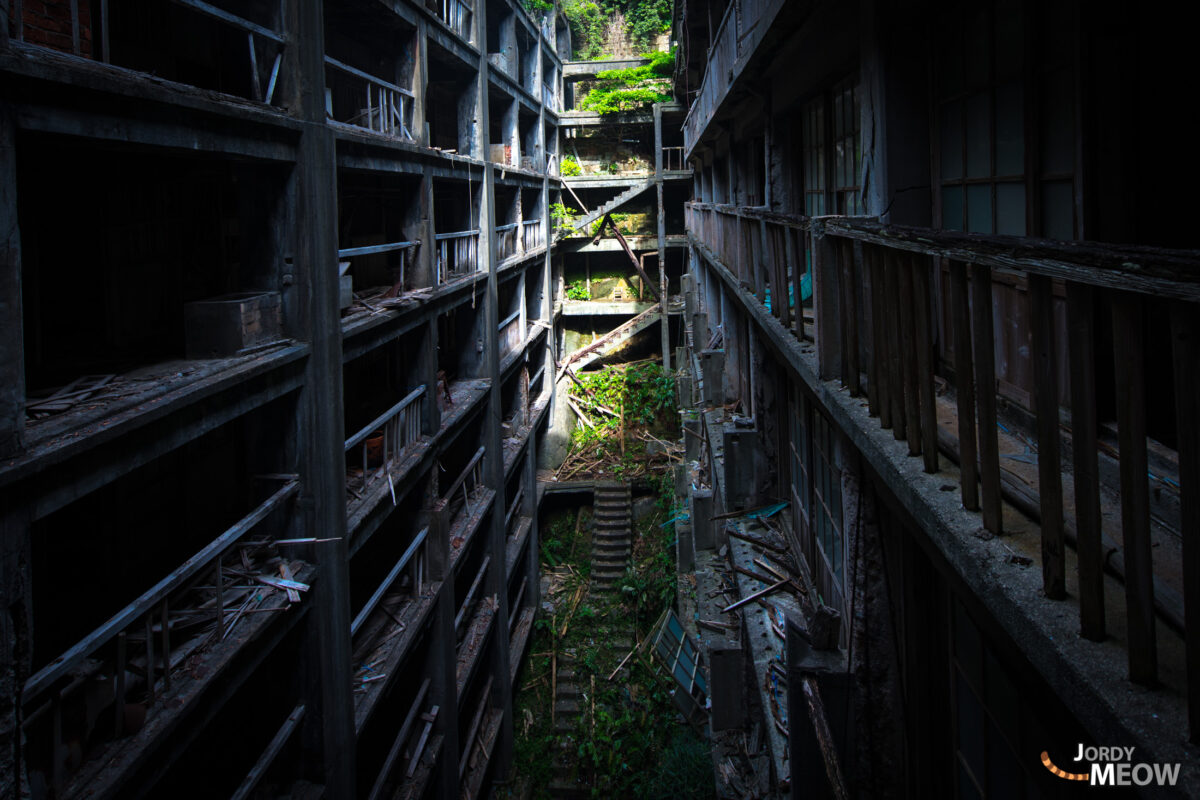
The old Japanese residents of Hashima considered it their ‘Furusato'(hometown). And on top of the most beautiful complements from Hideki Nomo above, you cannot miss the drawings of another Gunkanjima resident: ‘Little Snow‘.
Gunkanjima was therefore a hell island for war prisoners, while at the same time a real paradise for some people, especially the Japanese and their wives.
THE WAY TO WORLD HERITAGE GUNKANJIMA
The association ‘The Way to World Heritage – Gunkanjima‘, represented by Doutoku Sakamoto proposes that island to be listed as World Heritage by UNESCO. Magazine Geo explained his goal to be: ‘Hashima recognized by UNESCO is the only way to convey its history and assert its status as Furusato’. Not surprisingly, Korea recently opposed this, stating especially the fact that Japan refused to apologize (as usual). On the contrary, Germany, who excused themselves, had Auschitwz concentration camp listed as world heritage of UNESCO with no problem!
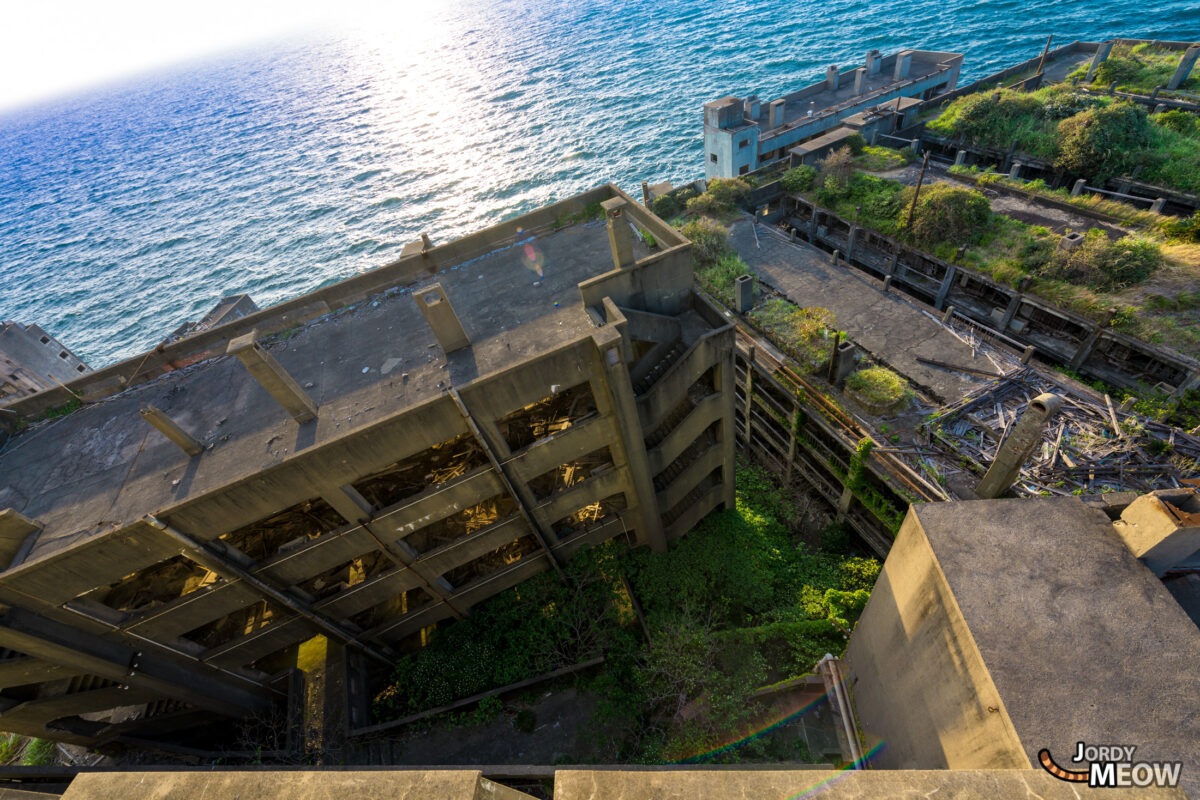
Gunkanjima is well known and recognized, its history taught, there are protections were made so that normal visitors can set foot on the edge of it, urban explorers have visited and revisited it (without any damage and with great respect), now even James Bond has gone there with his hi-tech weapons, so now you may ask: what is a UNESCO recognition going to change, apart from a bit of national pride and a lot of contempt and hatred from Japan’s Asian neighbours?
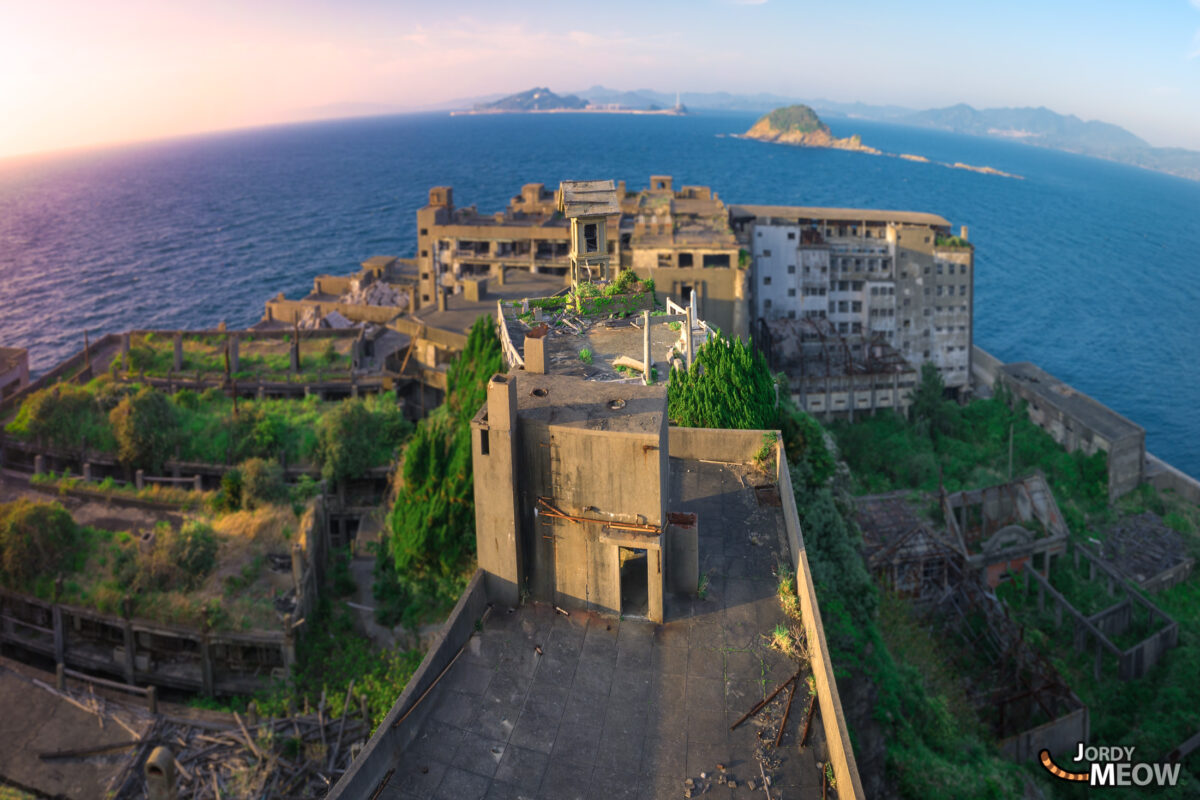
And for more awesome content about Japan, follow Jordy Meow on Instagram ! 🎵


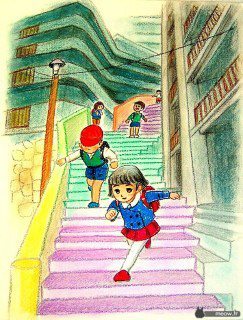

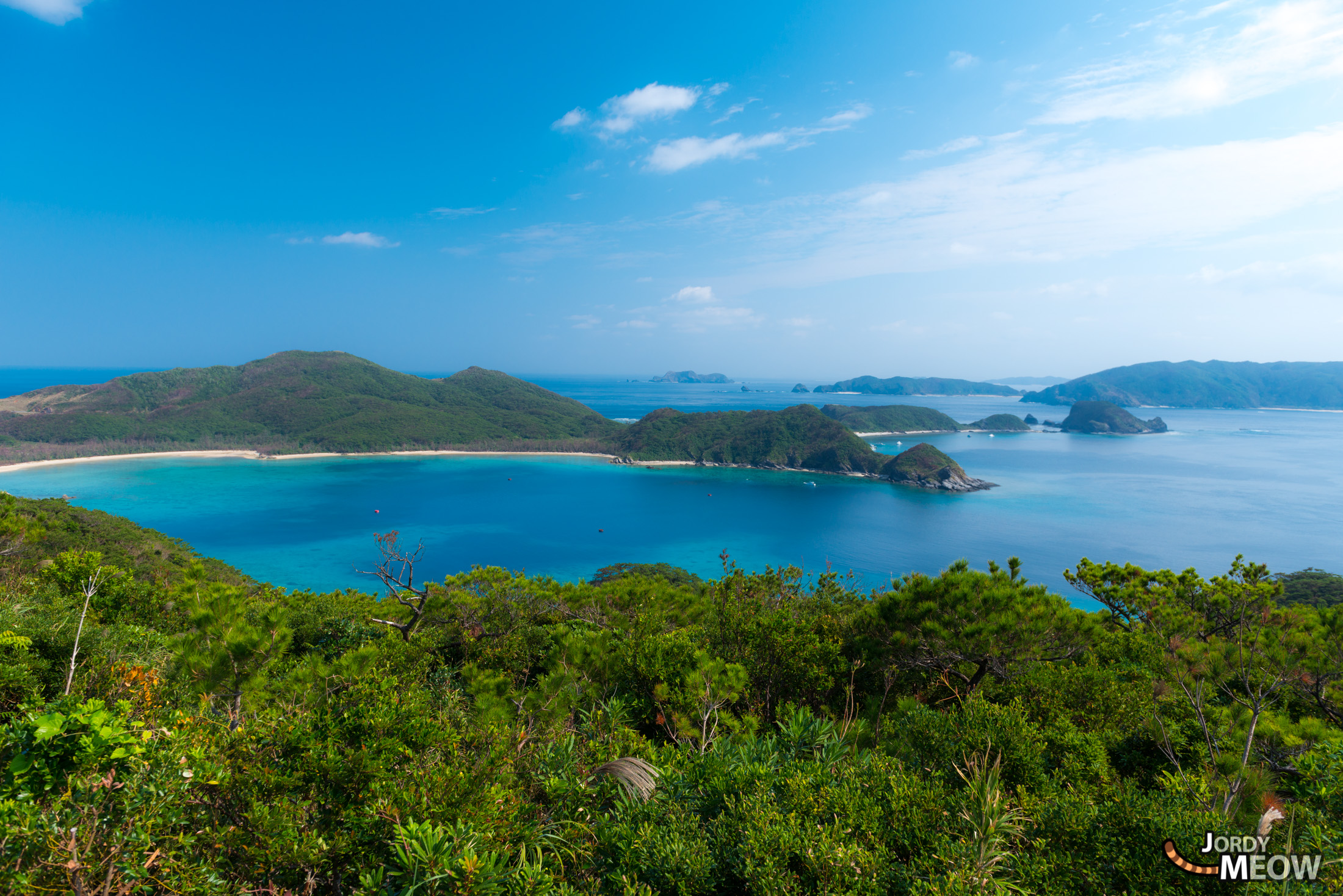
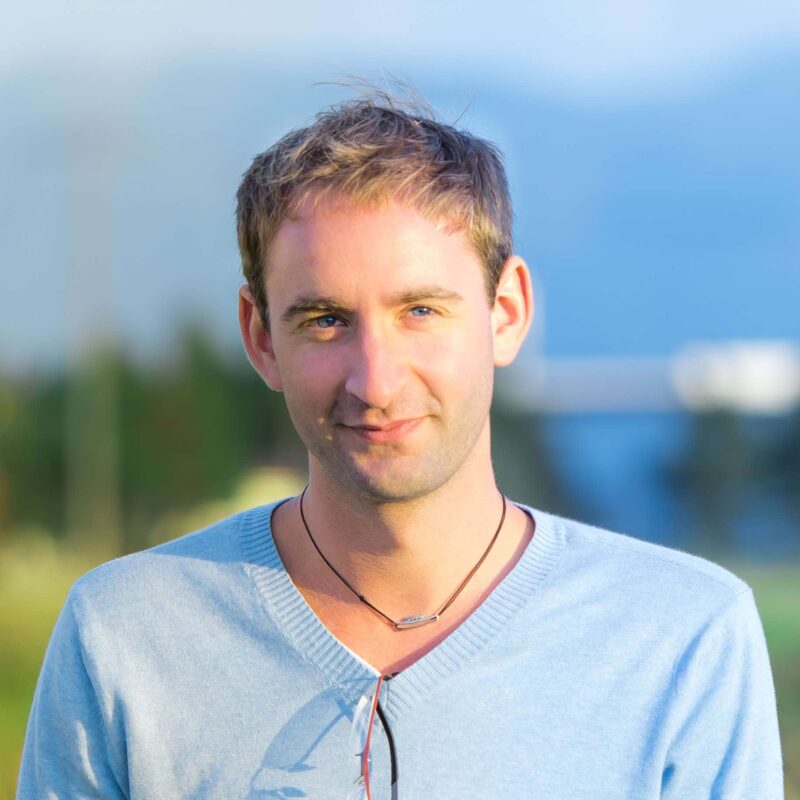










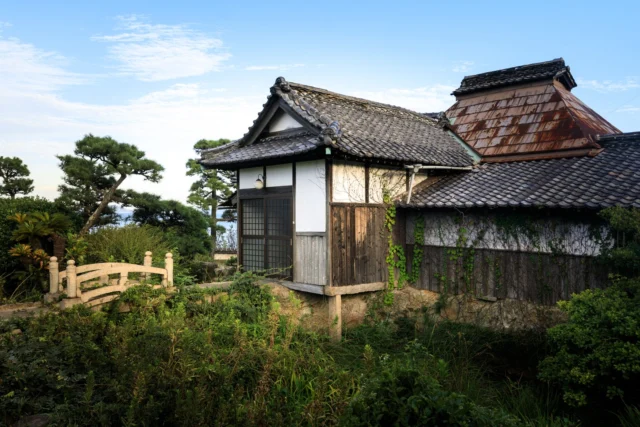


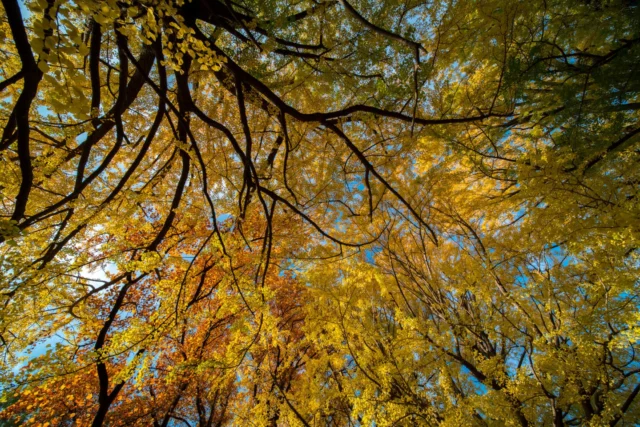
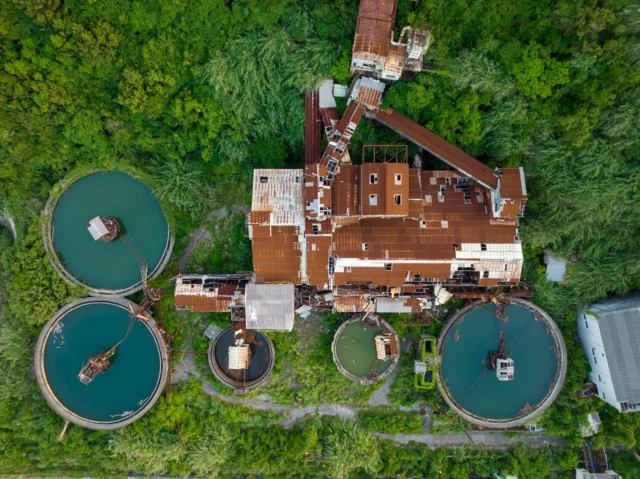
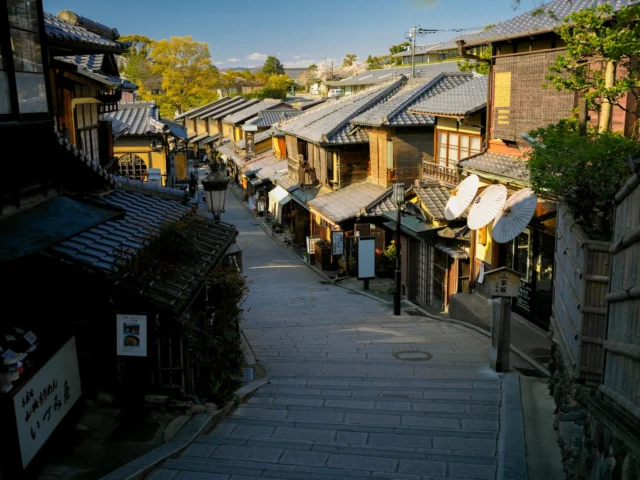
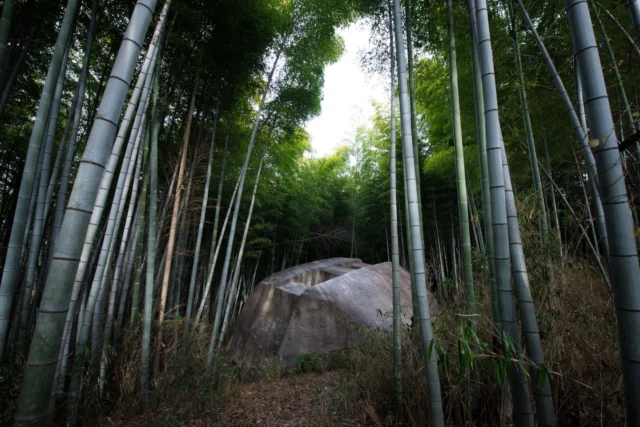
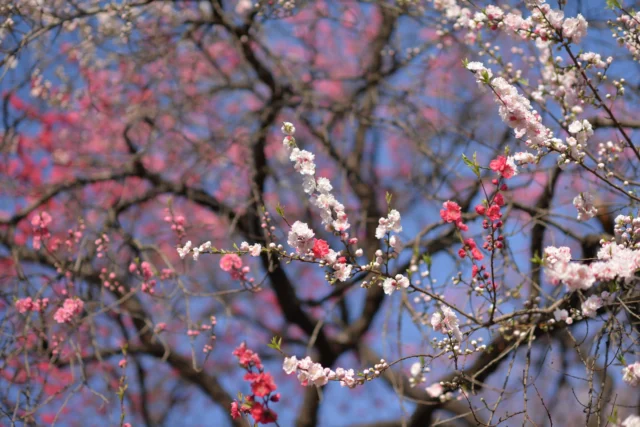
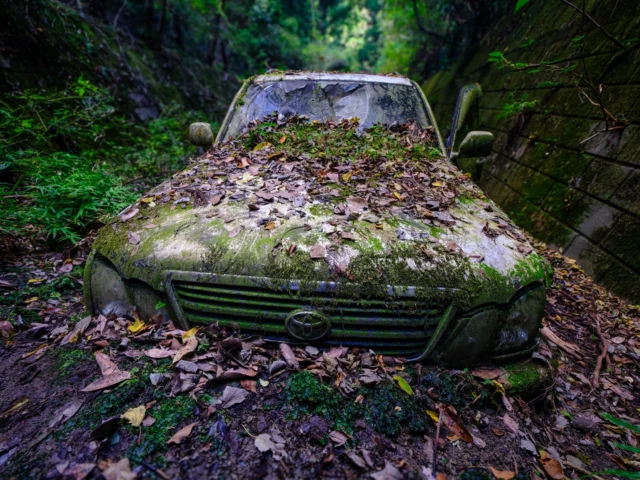
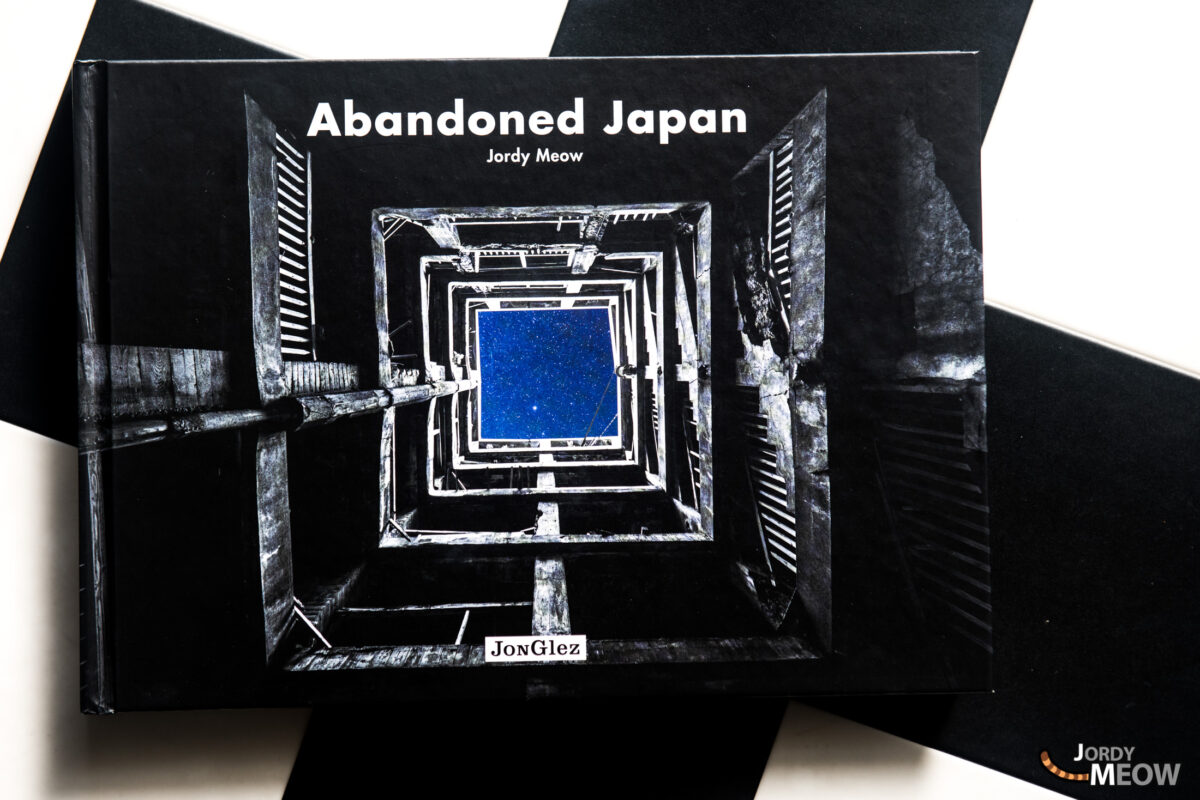

















it’s too sad…. I want to no more wongful daeth and war.
I guess pressed korean workers and soldiers, japanese soldiers and civilians, south aisian peoples and chinese peoples are all the same.
because they are victims of war.
it’s too sad…. I want to no more wongful daeth and war.
I guess pressed korean workers and soldiers, japanese soldiers and civilians, south aisian peoples and chinese peoples of war times are all the same.
because they are victims of war.
Different leaders, different countries, but same human being, probably with similar roots. And they are all victims. But this is just a little part of Gunkanjima story, the negative and sad part, other than that this island is still a wonder.
I guess the new generations should not pay for their country’s bad actios, and registering Gunkanjima as an UNESCO World Heritage site is good for the simple reason it will radiate the true aspects of peace, including it’s importance – exactly the same reason why a big 1/10 model of the Battleship YAMATO was also built and exposed.
Unfortunately, the neighboring countries that suffered with the Pacific War did not understood that, yet… :/
The island should be recognized, I agree. More than saying sorry, the problem here is denial, refusal. Japan has its pride and shows no regret or its own past. If they could act as the Germans it would probably solve most of the issues. The new generation shouldn’t pay for theirs ancestors, but they should avoid bring proud of them neither.
Skyfall never filmed on Hashima. They built a soundset in England that was based on Hashima, and the rest is CGI.
Yes, I know that, but I didn’t write about Skyfall at all in this article :p I did in the newest one (The Block 65), but it is only available in French for now (it will be translated to English probably this week).
Merci pour ces magnifiques photos et l’occasion pour nous pauvres picto-charentais, de découvrir ce pays si lointain…
De rien Rice 🙂 Tu as remarqué que ces articles étaient aussi en français, n’est-ce pas ? Et la Charente c’est très joli aussi 🙂
Unrelated question: I was never able to find out infos about that little building on the top of the island, aside the lighthouse.
I guess it was parto of the mine’s buildings.
Do you know what purpose did it have?
I have no idea, but wasn’t it used by the supervisors? From there, you could see the whole mine complex. Alternatively, that could have been the first lighthouse.
It looks like I am a few years late, but that building on the top with no windows is the original water tank. There was a power line from the next island (Takashima), but there was no source of fresh water on the island for many years.
Thank you!
I was actually on the island this afternoon. We lucked out, the ocean got choppy and it rained just as we docked back in Nagasaki harbor.
Did you have Sakamoto-san as your guide?
Nope. I work with Gunkanjima Concierge, but haven’t met him.
I don’t remember, does Sakamoto-san actually work for Gunkanjima Concierge or another touring company? I have never used any of those so I don’t know, even though I met him (we had a “free” stroll on the island together, he took my friends and I to his apartment, his – at this time – girlfriend’s apartment too, it was a lot of fun). Maybe I should write something about those tours and the fact there are foreign guides… That is really a big plus for foreigners traveling to Nagasaki 🙂
That would be awesome.
5
Misinformation is currently being spread across the world —
Gunkanjima, part of a UNESCO World Heritage Site, was not an “island of hell”.
https://www.gunkanjima-truth.com/l/en_US/
This article is called “Between Hell and Paradise”. Please read it. It says what the website you shared it says as well.